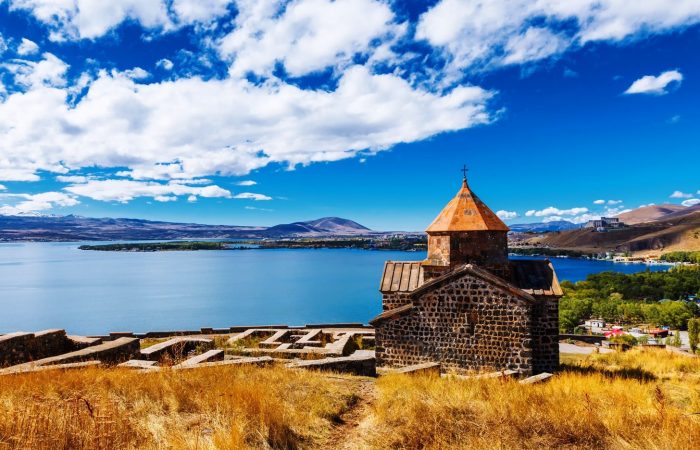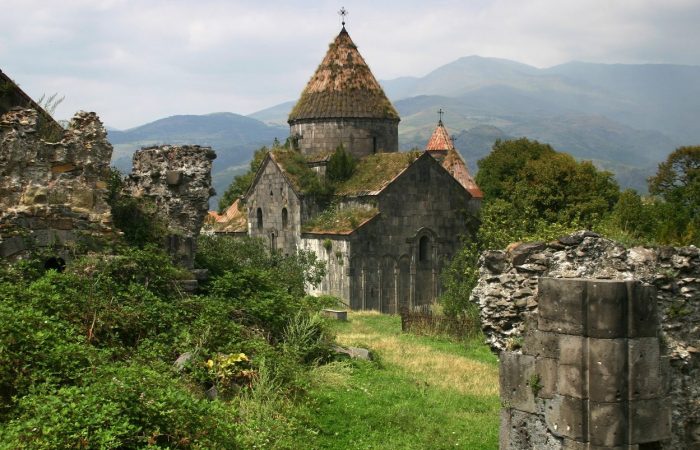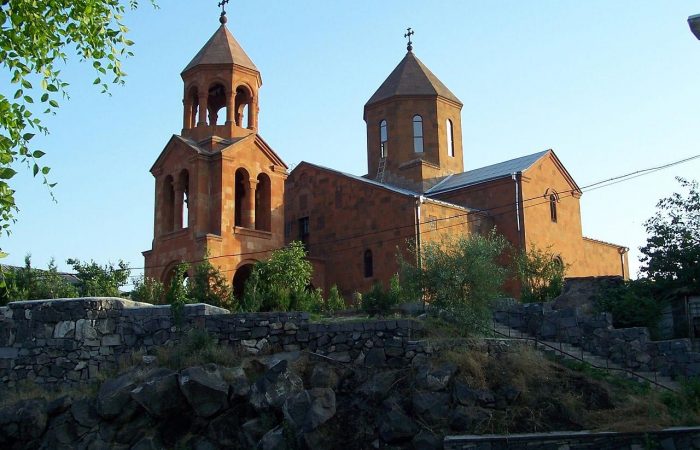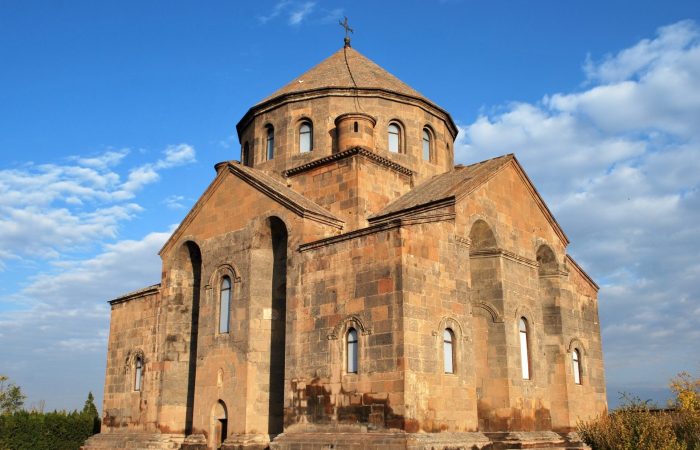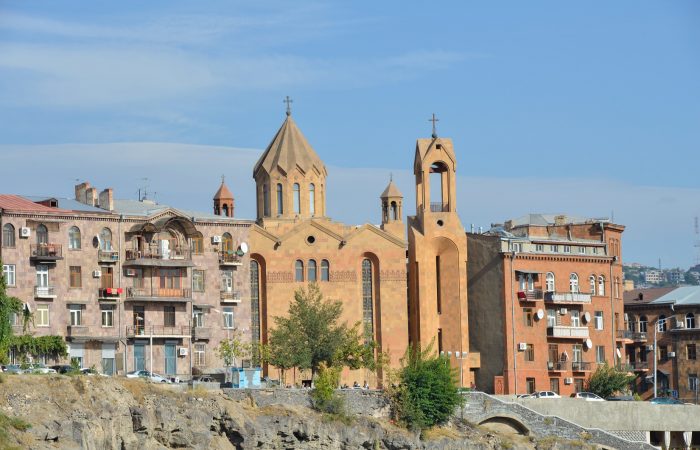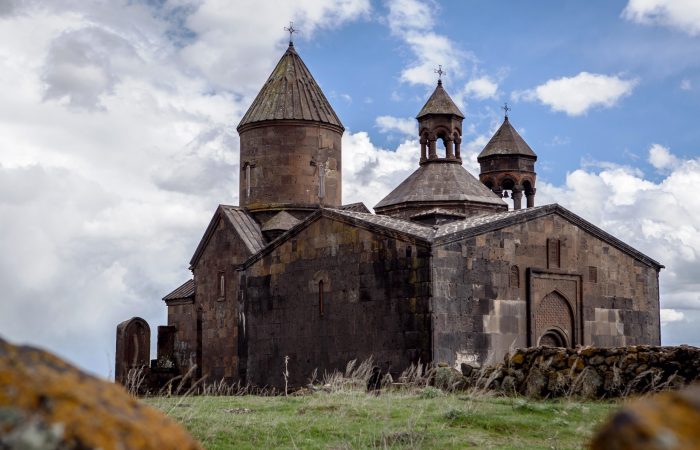Ughtasar: General Description and Location
Ughtasar is a renowned settlement rich in significant findings. It is found on the mountain bearing the same name and represents a huge group of rock carvings. It is located 17,5 kilometers north-east of the city of Sisian.
Ughtasar: How to Get
The only way to get to the site is by Jeep. It’s no secret that these cars are most suitable for traveling over rough terrain.
Note that traveling to this site also requires good weather, so watching weather forecast before deciding to visit this settlement would be preferable to avoid some unexpected surprises, which would ruin your mood or trip. For over nine months the petroglyphs of Ughtasar are usually covered with snow, and on this score, the best time to visit the site is either July or August.
Ughtasar: Settlement
Ughtasar is a petroglyph field on top of Ughtasar Mountain on the slopes of which there are numerous inscriptions stretching for hundreds of kilometers. Similar rock-carvings have been noted in various parts of Armenia. Among them are Vardenis Mountain Chain, the springs of Yeghegis (Vardenis Mountain), Arpa (Khachasar or Cross Mountain), Vorotan River Canyon (Davagyoz Mountain) and the mountains near the village of Tsghuk. The inscriptions found in all these sites have common traits. Those similarities include the same height above sea level (3000-3300 meters), iconography and location. As to location, they can all be found adjacent to ice lakes, which once had relatively warmer water than today.
Ughtasar is located near an ice lake surrounded by a volcano that erupted during the Pleistocene Epoch. Throughout the year, despite the season, there might be seen ice floes on the lake, and interestingly, in the area the snow never completely melts.The site was, in all probability, used since the Stone Age, in approximately 12000 BC. People representing later epochs like Chalcolithic and Bronze Ages, continued to inscribe their memorable stories and beliefs. The largest group of the rock-carvings dates to exactly this period and Early Iron age.
The settlement was then deserted. Further rock engravings, which are very few in number, were left by shepherds that used to climb the mountain top in summers.
Ughtasar: Petroglyphs
The petroglyphs of Ughtasar were engraved by stone tools on black and gray stones having volcanic origin. The majority of them are considered to be memorials commemorating the life and heroic stories of the dead. Especially abundant and rich are the petroglyphs depicting plants, flowers, animals, humans and geometric images.The simple petroglyphs tell about the legends, the customs of the tribes, about feelings, beliefs, victories and losses of the ancestors and so on. The majority of those petroglyphs depict humans in hunting, cultivating, competing, fighting and dancing scenes.
There are also images of various animals, among them goats, moufflon, deer, boars, wolves, dogs, bears, tigers and so on. Horned cattle, particularly sheep and goats, prevail in the animal petroglyphs.
Interestingly, the petroglyphs of Ughtasar greatly lack bird scenes. But there are various cosmic symbols, including the zodiacal sign of Aries and elementary calendars. They are engraved in the form of wheels and/or the time is mentioned by a cross and four circles made for the four seasons. Geographic elements, like rivers and lakes, and astronomical phenomena, like the Sun and the Moon, stars and lightning were also carved.
As some people suggest, the most complicated engravings are the ones depicting ceremonial dances of the ancient world. In some other petroglyphs, you might see two or more people performing in front of others.
Lastly, being one of the most interesting destinations Ughtasar cannot brag about its huge numbers of visitors. Perhaps it’s because of its remote location, or because it has specific months to be visited to be fully explored, but if if you are for the extraordinary, then don’t think twice; simply go for it.






